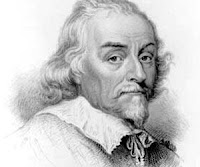 |
| Anatomy of Uterus, Cervix and Ovary |
1.Human pappiloma virus infection. Especially oncogenic subtypes type 16 and 18.
2.Coitarche at a younger age
3.Time gap between the menarche and the coitarche is less.
4.Multiple sexual partners
5.Multiparity
6.Immunosuppression eg. HIV infection, post-transplant
7.Smoking
8.Lower socioeconomic group.






